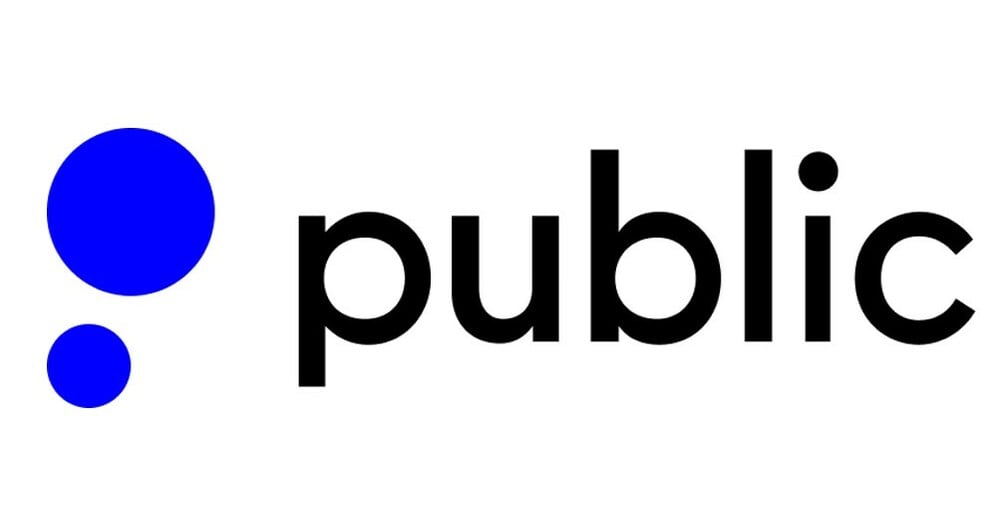Top S&P 500 ETFs for July 2025: SPY, VOO and More
These S&P 500 ETFs all track the index, but there are some small differences that may impact which one you buy.

Many, or all, of the products featured on this page are from our advertising partners who compensate us when you take certain actions on our website or click to take an action on their website. However, this does not influence our evaluations. Our opinions are our own. Here is a list of our partners and here's how we make money.
The investing information provided on this page is for educational purposes only. NerdWallet, Inc. does not offer advisory or brokerage services, nor does it recommend or advise investors to buy or sell particular stocks, securities or other investments.
SPY, VOO and IVV are among the most popular S&P 500 ETFs.
These three S&P 500 ETFs are quite similar, but may sometimes diverge in terms of costs or daily returns.
Investors generally only need one S&P 500 ETF.
Over the long term, it’s incredibly difficult to assemble a portfolio that outperforms the S&P 500, which has delivered average annual returns of about 10% over a nearly 90-year period. What’s more, buying an S&P 500 ETF, or exchange-traded fund, is an easy way for investors to buy a big slice of the market for a relatively small price.
And while most S&P 500 ETFs are composed of the same investments, there are some differences you should know before making a selection between them.
What's the best S&P 500 ETF?
If you search for S&P 500 ETFs, you may come across dozens of funds. Just because S&P 500 is in a fund’s name doesn’t necessarily mean it tracks the index as a whole. Rather, many of these ETFs track sub-components, say value or growth stocks, within the broader index.
But you won’t have to wade through a ton of options to decide on an ETF that tracks the performance of the S&P 500 index as a whole. The following funds track the entirety of the index.
ETF | Ticker | Annualized 5-year return | Expense ratio |
|---|---|---|---|
iShares Core S&P 500 ETF | IVV | 16.46% | .03% |
Vanguard S&P 500 ETF | VOO | 16.46% | .03% |
SPDR S&P 500 ETF Trust | SPY | 16.39% | .09% |
Source: Morningstar. Data is current as of July 2, 2025, and is for informational purposes only. | |||
If you're looking to invest in any of these ETFs, you'll first need to open a brokerage account, if you haven't done that yet.
» Shopping for a brokerage? See our list of the best brokers for ETF investing.
How to choose an S&P 500 ETF
The three S&P 500 ETFs are quite similar in two important aspects: You won’t have trouble finding these ETFs at most online brokers, and they’re very liquid, meaning it’s easy to buy and sell them on any given day.
NerdWallet rating 4.8 /5 | NerdWallet rating 4.6 /5 | NerdWallet rating 4.6 /5 |
Fees $0 per online equity trade | Fees $0 | Fees 0% - 4% varies by type of transaction; other fees may apply |
Account minimum $0 | Account minimum $0 | Account minimum $0 |
Promotion None no promotion available at this time | Promotion Earn up to $10,000 when you transfer your investment portfolio to Public. | Promotion Get $200 in crypto when you sign up. Terms Apply. |
We’re not here to pick a winner — the right fund for you is a personal decision — but there are some nuances you may want to consider:
Expense ratios. VOO and IVV boast the lowest management fee at 0.03%, about one-third of the SPY ETF. While the difference between a 0.03%, and 0.0945% expense ratio may seem trivial, such fees can really add up. For every $10,000 invested, these respective fees equal $3 and $9.45 annually. Then consider the difference at higher balances, such as $100,000.
Trading costs. Many of the best brokers for ETF investing offer hundreds of commission-free ETFs, but the specific fund list varies broker to broker. Fortunately, most major brokerages no longer charge commissions on ETF, stocks or options trades.
Price. There’s a slight difference in the price at which each fund currently trades. This shouldn’t necessarily be a deciding factor, but it may affect how many shares you can buy at any given time.
Yield and return. There are some slight differences across these funds even though they all track the same index. These differences generally relate to return and yield. These returns will change over time, and there's no guarantee that the ETF with the best return right now will have the best return in the future. That's why we look at the 3-year return, to see how each ETF performs over the long-term.
» Related: best-performing high-dividend ETFs
You only need one S&P 500 ETF
For some people, digging into the details is half the fun of investing. For others, it’s all minutia. All three of the ETFs listed here have lower-than-average expense ratios and offer an easy way to buy a slice of the U.S. stock market.
Some stocks and funds have intimidatingly-high share prices — but certain brokerages allow you to buy less than a full share. Here’s our list of the best brokers for fractional shares.
You could be tempted to buy all three ETFs, but just one will do the trick. You won’t get any additional diversification benefits (meaning the mix of various assets) because all three funds track the same 500 companies. What’s more, you might tie up money that could be better invested elsewhere.
» Want to diversify? Check out Dow Jones ETFs
Learn more about sector ETFs:
What's next?
No matter which S&P 500 ETF you ultimately select, this fund should serve as a foundation in your portfolio. Not sure what to invest in next? Our guide on how to build a good investment portfolio offers some tips.









